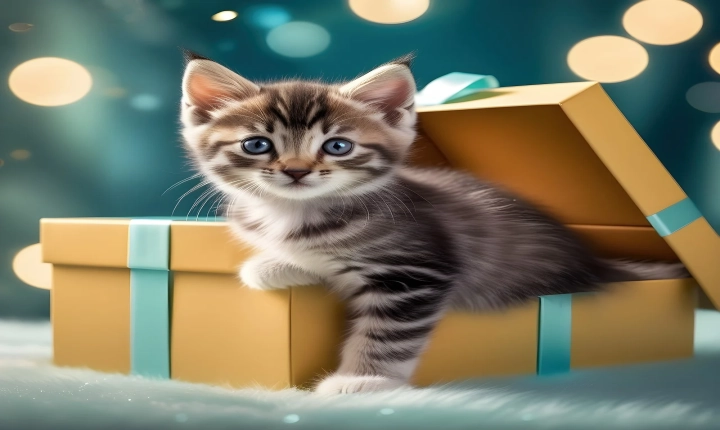AI, or artificial intelligence, has undoubtedly revolutionized many industries, including the art world. While AI has greatly contributed to the creation of innovative and stunning artworks, there has been ongoing debate and concern about whether AI steals from artists.
One of the primary ways in which AI has been used in the art world is through the generation of algorithms that can create original pieces of art. These algorithms are often trained on vast datasets of existing artworks, allowing them to learn and replicate various artistic styles, techniques, and themes. As a result, AI has the ability to produce paintings, sculptures, and other forms of art that can be virtually indistinguishable from those created by human artists.
This has led to concerns about the originality and authenticity of AI-generated art. Some argue that when AI creates works of art that closely resemble those of human artists, it can be seen as a form of theft or plagiarism. After all, the AI has essentially learned and replicated the creative output of human artists without the same level of original thought, emotion, or intention.
Additionally, there are concerns about the ownership and copyright of AI-generated art. Since it is the AI system that creates the artwork based on its training data, questions arise over who owns the rights to these creations and whether the AI itself can be considered the artist. This has raised legal and ethical dilemmas regarding the attribution and compensation of AI-generated art.
On the other hand, proponents of AI-generated art argue that it is a new form of artistic expression that should be embraced rather than feared. They argue that the use of AI in art can inspire and expand creative boundaries, leading to the emergence of new artistic styles and techniques that would not have been possible otherwise. Furthermore, they claim that AI-generated art can complement human creativity rather than replace it, and that it should be viewed as a collaboration between human artists and AI systems.
Moreover, some artists and art institutions have embraced AI as a tool for exploration and experimentation, using it to push the boundaries of traditional art forms and create entirely new artistic experiences. This approach has led to the recognition of AI as a valuable and legitimate tool in the art world that can coexist with human creativity.
In conclusion, the question of whether AI steals from artists in the creation of art is a complex and multifaceted issue. While there are valid concerns about the originality, ownership, and ethics of AI-generated art, there are also opportunities for collaboration and innovation that can enrich the artistic landscape. As AI continues to evolve and influence the art world, it is essential for artists, art institutions, and policymakers to address these challenges and opportunities in order to ensure a fair and sustainable future for art created with the help of AI.
